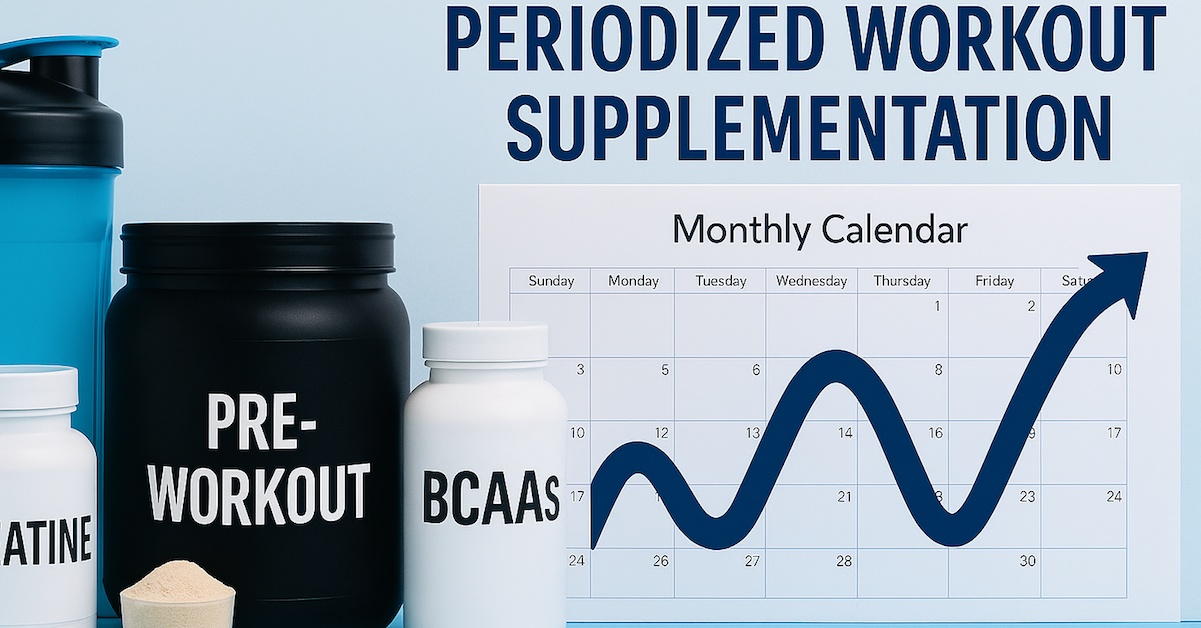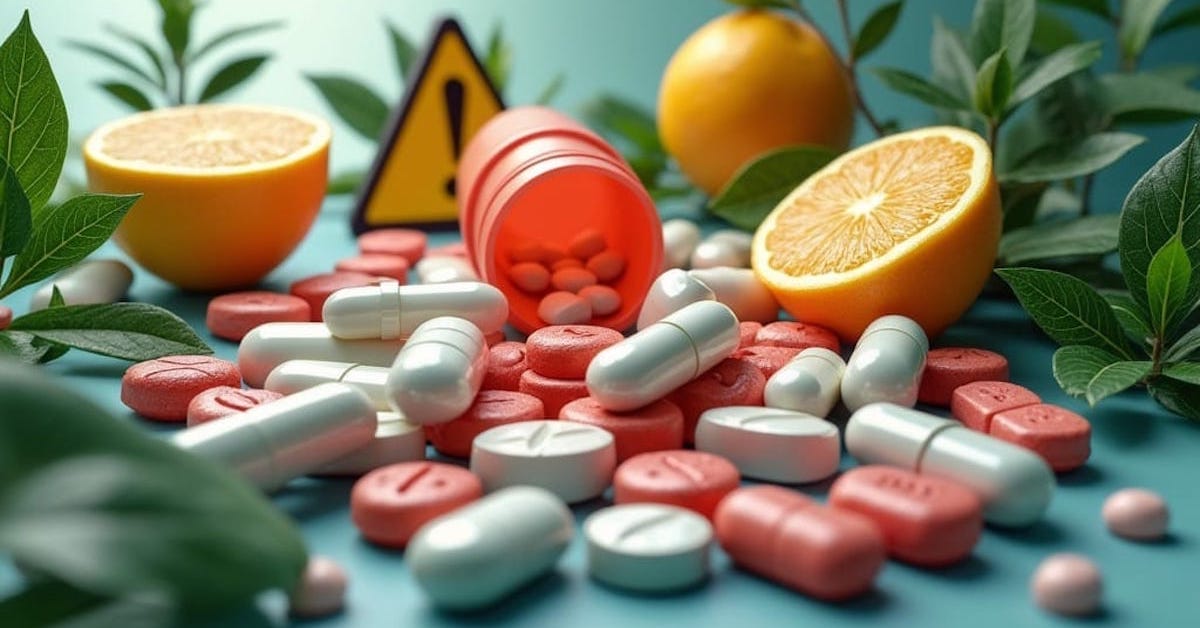Not long ago, a couple I train was planning to start a family. Their doctor prescribed a multivitamin, and they asked for my opinion. The product came in a 30-day blister pack with 30 pink (a.m.) tablets and 30 blue (p.m.) tablets.
Before we even talk about the medicinal ingredients, let’s take a closer look at the non-medicinal ingredients.
Pink (a.m.) Tablet:
Microcrystalline cellulose, pregelatinized starch, croscarmellose sodium, polyvinyl alcohol, fish gelatin, mono and diglycerides, titanium dioxide, macrogol/PEG 3350, alginate, hydroxypropyl methyl cellulose, calcium silicate, sodium lauryl sulfate, magnesium stearate, talc, acacia gum, pea starch, silicon dioxide, FD&C Red #40 Aluminum Lake, carnauba wax, FD&C Blue #1 Aluminum Lake, FD&C Yellow #6 Aluminum Lake, ammonium hydroxide, n-butyl alcohol, D&C Red #27 Aluminum Lake, FD&C Blue #2 Aluminum Lake, isopropyl alcohol, propylene glycol, shellac glaze, and simethicone.
Blue (p.m.) Tablet:
Pregelatinized corn starch, croscarmellose sodium, polyvinyl alcohol, titanium dioxide, macrogol/PEG 3350, talc, acacia gum, sucrose, magnesium stearate, sodium lauryl sulfate, modified starch, triglycerides, FD&C Blue #2 Aluminum Lake, carnauba wax, trisodium citrate, citric acid, dl-alpha-tocopherol, silicon dioxide, ammonium hydroxide, n-butyl alcohol, D&C Red #27 Aluminum Lake, isopropyl alcohol, propylene glycol, shellac glaze, and simethicone.
Now compare that to a professional-grade prenatal multivitamin available only through a licensed healthcare professional. This one comes in daily packets containing two green (multi) tablets and four white (mineral) tablets. Here’s the list of non-medicinal ingredients:
Green (Multi) Tablet:
Cellulose, croscarmellose sodium, stearic acid (vegetable), silicon dioxide, and coating (hypromellose, hydroxypropylcellulose, medium chain triglycerides, and sodium copper chlorophyllin).
White (Mineral) Tablet:
Cellulose, croscarmellose sodium, stearic acid (vegetable), silicon dioxide, and coating (hypromellose, hydroxypropylcellulose, and medium chain triglycerides).
Even without being an expert, the difference is glaring. The first product is loaded with unnecessary chemicals, synthetic additives, and artificial dyes. Is that really what you want in your system—let alone your future child’s?
As for the medicinal ingredients, the first product falls flat. It’s made with cheap components, inadequate doses, and inferior forms of key vitamins and minerals.
Take magnesium, for instance. The type and amount make a big difference. Fifty milligrams of magnesium oxide doesn’t hold a candle to 250 milligrams of magnesium citrate or magnesium aspartate. (I go into more detail on this in my book, Lean and Mean.)
And when it comes to folate, there’s a major difference between synthetic folic acid and the natural, highly bioavailable methylfolate form.
So, which product do you think contains the subpar magnesium oxide and folic acid?
And which one delivers magnesium citrate/aspartate and methylfolate?
Which would you rather take?
For the record, the professional-grade multivitamin I recommend is Metagenics Fem Prenatal. I’ve recommended it to dozens of women over the years, and the feedback has been consistently excellent.
Bottom Line
Taking a high-quality multivitamin—along with a probiotic and fish oil—during the prenatal stage is crucial. But don’t just grab anything off the shelf. Read the label carefully. If the ingredient list raises red flags, put it back. Your health—and your baby’s health—deserve the best.

How to Periodize Workout Supplements for Better Gains and Recovery
Research shows that undulatory, or wave-like, periodization is highly effective. Alternating between periods of higher intensity (intensive phases) and periods

Why the FDA’s Red Dye Ban Should Make You Rethink Your Vitamins
The U.S. Food and Drug Administration (FDA) recently announced a ban on red dye No. 3 in food and oral

Hydration Essentials for High-Protein, Low-Carb Diets: Fuel Your Body Right
When you’re exercising regularly on a high-protein, low-carb diet, hydration becomes even more crucial. Lower-carb diets mean you’re missing out
follow
Error: No feed with the ID 2 found.
Please go to the Instagram Feed settings page to create a feed.
